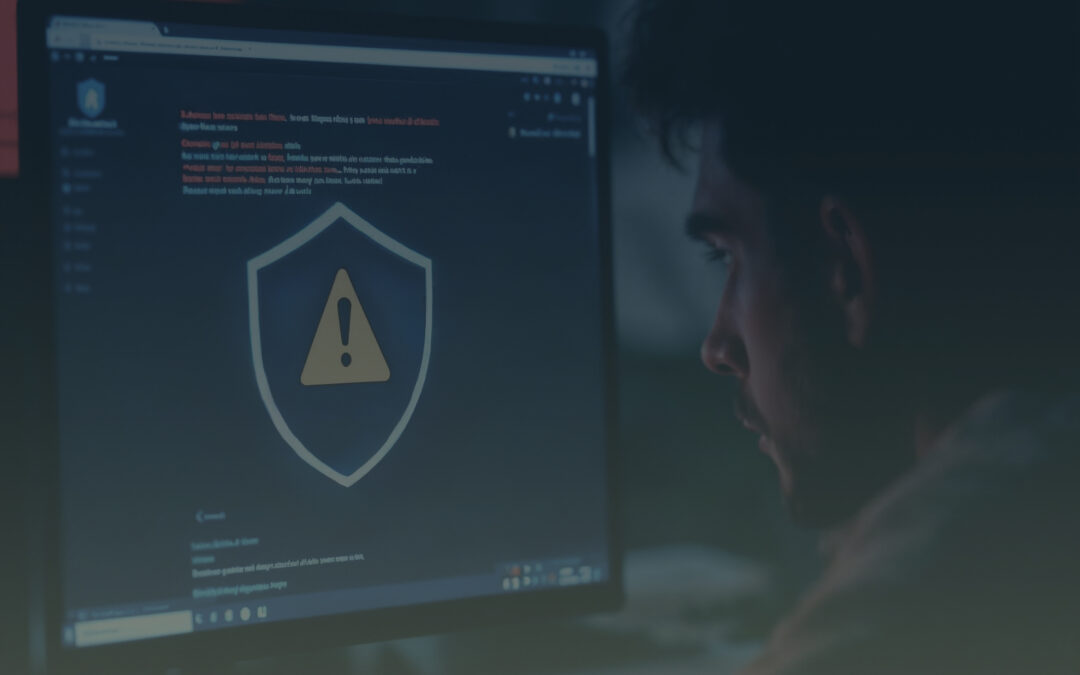In today’s interconnected world, cybersecurity is no longer just an IT department’s concern; it’s a fundamental aspect of personal and business survival. As cyber threats become more sophisticated, even seemingly minor oversights can lead to devastating consequences, from data breaches and financial losses to reputational damage.
While advanced attacks grab headlines, many cybersecurity incidents stem from a handful of common, avoidable mistakes. Understanding these pitfalls and implementing proactive measures is crucial for individuals and organizations alike.
For businesses navigating the complex landscape of digital threats, cybersecurity consulting services offer invaluable expertise and tailored solutions to build robust defenses.
Let’s delve into five prevalent cybersecurity mistakes and how to effectively tackle them.
1. The Peril of Weak and Reused Passwords
This is arguably the most fundamental and frequently overlooked cybersecurity mistake. We’ve all been guilty of it: using “password123,” our birthdate, or a simple variation across multiple accounts. The human brain struggles to remember dozens of complex, unique passwords, leading to this widespread vulnerability.
However, a single compromised password can act as a master key, unlocking a cascade of personal and professional accounts.
How to Avoid It:
- Embrace Strong, Unique Passwords: A strong password should be at least 12-16 characters long, a mix of uppercase and lowercase letters, numbers, and special characters. Crucially, each account should have a unique password.
- Utilize a Password Manager: This is the most practical solution for managing numerous complex passwords. Password managers securely store and generate unique, strong passwords for all your accounts, requiring you to remember only one master password. Reputable options offer robust encryption and cross-device synchronization.
- Implement Multi-Factor Authentication (MFA): Even with strong passwords, MFA adds an indispensable layer of security. This requires a second form of verification beyond your password, such as a code sent to your phone, a fingerprint scan, or a hardware token. MFA dramatically reduces the risk of unauthorized access, even if a password is stolen.
2. Neglecting Software Updates: Leaving the Door Open
Those persistent “Software Update Available” notifications can be annoying, but ignoring them is akin to leaving your front door wide open for intruders. Software developers constantly release updates to patch security vulnerabilities, fix bugs, and improve performance.
Cybercriminals are always on the hunt for these known vulnerabilities, and if your software isn’t updated, you’re an easy target.
How to Avoid It:
- Enable Automatic Updates: Where possible, configure your operating system, applications, and devices to update automatically. This ensures you receive the latest security patches without manual intervention.
- Regularly Check for Updates: For software that doesn’t offer automatic updates, make it a habit to check for and install updates regularly. This includes your web browser, antivirus software, and any other critical applications.
- Prioritize Critical Updates: Some updates address severe security flaws. Pay close attention to notifications that highlight critical or urgent security patches and install them immediately.
3. Falling for Phishing Scams: The Art of Deception
Phishing remains one of the most common and effective cyberattack methods. These scams use deceptive emails, text messages, or websites to trick individuals into revealing sensitive information like login credentials, credit card numbers, or other personal data.
Phishing attempts often mimic legitimate organizations, using urgency, fear, or enticing offers to manipulate victims.
How to Avoid It:
- Be Skeptical of Unsolicited Communications: If an email or message seems suspicious, even if it appears to be from a known sender, exercise extreme caution. Look for red flags like generic greetings, grammatical errors, unusual sender addresses, and odd phrasing.
- Verify the Sender and Links: Before clicking on any link or opening an attachment, hover over the link to see the true URL. If it doesn’t match the expected website, don’t click it. For suspicious emails, contact the sender directly via a verified method (e.g., a known phone number or official website, not by replying to the suspicious email) to confirm legitimacy.
- Never Provide Sensitive Information via Email or Unverified Links: Legitimate organizations will rarely ask for sensitive information like passwords or bank details via email. If in doubt, navigate directly to the official website and log in securely.
- Report Phishing Attempts: Many email providers and organizations offer ways to report phishing emails. Reporting helps in identifying and blocking future attempts.
4. Inadequate Backup Strategies: The Cost of Data Loss
Imagine losing all your critical documents, family photos, or business data due to a ransomware attack, hardware failure, or accidental deletion. Without a robust backup strategy, this nightmare scenario can become a devastating reality.
Data loss can lead to significant financial costs, operational downtime, and irreparable damage to personal memories or business continuity.
How to Avoid It:
- Implement the 3-2-1 Backup Rule: This widely recommended strategy dictates:
- 3 copies of your data: The original and two backups.
- 2 different media types: For example, one on an external hard drive and another in the cloud.
- 1 offsite copy: To protect against local disasters like fire or theft.
- Automate Backups: Manual backups are prone to human error and inconsistency. Use automated backup solutions that regularly save your data to designated locations.
- Test Your Backups Regularly: A backup is only as good as its ability to be restored. Periodically test your backup and recovery process to ensure your data can be successfully retrieved when needed.
- Encrypt Sensitive Backups: If you’re backing up sensitive data, ensure the backups are encrypted to protect them even if they fall into the wrong hands.
5. Lack of Employee Cybersecurity Training: The Human Element
Even the most sophisticated security technologies can be undermined by human error. Employees are often the weakest link in an organization’s cybersecurity chain.
A single click on a malicious link, an unwitting download, or the sharing of credentials can expose an entire network to a cyberattack.
How to Avoid It:
- Regular and Comprehensive Training: Conduct mandatory cybersecurity awareness training for all employees, regardless of their role. This training should cover topics like phishing recognition, strong password practices, safe browsing habits, and reporting suspicious activities.
- Simulated Phishing Drills: Regularly conduct simulated phishing exercises to test employee awareness and identify areas for improvement. This helps employees learn in a safe environment without real-world consequences.
- Foster a Culture of Security: Encourage employees to report any suspicious activity without fear of reprisal. Create an environment where cybersecurity is a shared responsibility, not just an IT concern.
- Clear Policies and Procedures: Establish clear, concise cybersecurity policies that outline acceptable use of company resources, data handling procedures, and incident response protocols.
The Role of Cybersecurity Consulting Services
For businesses, especially small and medium-sized enterprises (SMEs) that often lack dedicated in-house cybersecurity expertise, navigating these challenges can be daunting.
This is where cybersecurity consulting services become indispensable. These services provide expert guidance and tailored solutions to fortify your digital defenses.
A reputable cybersecurity consulting firm can:
- Conduct Comprehensive Risk Assessments: Identify vulnerabilities in your systems, networks, and processes.
- Develop Robust Security Strategies: Design and implement a holistic cybersecurity framework aligned with your business needs and regulatory requirements.
- Provide Employee Training Programs: Deliver engaging and effective training to transform your workforce into a strong line of defense.
- Implement Advanced Security Solutions: Deploy firewalls, intrusion detection systems, endpoint protection, and other cutting-edge technologies.
- Assist with Incident Response Planning: Develop a clear plan for how to react to and recover from a cyberattack, minimizing downtime and damage.
- Ensure Regulatory Compliance: Help your organization meet industry-specific compliance standards (e.g., GDPR, HIPAA).
By proactively addressing these common cybersecurity mistakes and leveraging the expertise of cybersecurity consulting services, individuals and businesses can significantly reduce their risk of falling victim to cyber threats, safeguarding their data, finances, and reputation in an increasingly digital world.
Don’t wait for a breach to learn these lessons; invest in your cybersecurity posture today.


